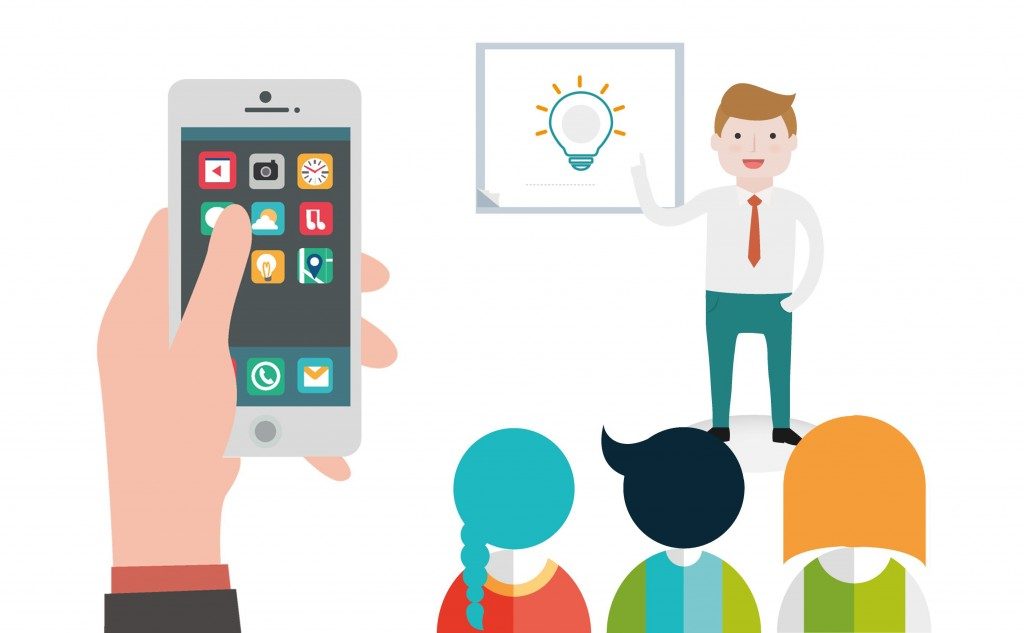The Use Of Flipped Classrooms In Higher Education
Review of findings:
Review of findings in the flipped classroom scoping study conducted by Jacqueline O’Flaherty and Craig Phillips from the University of South Australia.
- Lack of Focus on Giving Teachers Support Trivializes the Flipped Classroom Concept. Many educators are pressured to modify curriculum and flip their classroom when they don’t actually fully understand how to do it effectively. Universities understand there is a cost savings to the functional flipped classroom approach during times of reduced budgets, which translates into pressure for teachers.
- The capacity for staff to design, implement and evaluate effectiveness of the flipped class is one of the biggest obstacles. There seems to be a barrier because staff lack the pedagogical understanding of how to effectively put the flipped classroom into practice. Costs of the flipped classroom may include more supervision and there is an added cost to covering pre-class resources including continual IT support over time. This lack of understanding trivializes the concept of flipped classes and hinders moving forward into meaningful change.
- Teachers need proper support and infrastructure to develop their own skills toward effectively guiding concepts into actual planned learning sequences for the students. How resources are integrated into the approach to flipping a class is what matters. It is suggested that students would be more motivated to prepare for class if instructors redesigned curriculum toward helping them understand pedagogies with pre-class activities being well-integrated into face to face class time.
There is a strong willingness amongst academics to redesign the student learning experience using the flipped class, particularly for large first year STEM foundational courses. Popularity of STEM disciplines suggest that the offloading of content and engaging the students in the face to face class activities holds more importance than specific resources that would be used for flipping.
- Most of the studies that focus on the student perception indicate a positive view of flipped classes, with a significant minority that have negative views. In an introductory statistics course students were less satisfied in a flipped classroom teaching format than in a traditional classroom. Higher exam scores and increased student satisfaction indicate only modest support of flipped classrooms, and only one study used empirical validation to demonstrate that a structured flipped classroom lead to improved deep learning.
In real time the flipped class academics function more to coach learning than to teach, where face to face time is used for individual inquiry and where collaborative activities help students clarify and contextualize knowledge by applying it, analyzing it, etc. in class.
Other than in mainstream press there is little published evidence of student learning outcomes, particularly on long-term outcomes. Disciplines included in this scoping review were undergraduate, post-graduate and work force, including hospital settings. The review outlines an array of methods for self-paced pre-class preparedness that show improved learning (enhancement of class preparedness, increased interactivity within the classroom and improved academic performance). However, there is little empirical validation in current literature across all of these contexts. In terms of costs of time and staffing, only a small number of articles have focused on the intensity and effort needed in order to develop interactive materials that are integral to the flipped classroom concept.
O’Flaherty, J., & Phillips, C. (2015). The use of flipped classrooms in higher education: A scoping review. The Internet and Higher Education, 25, 85-95
